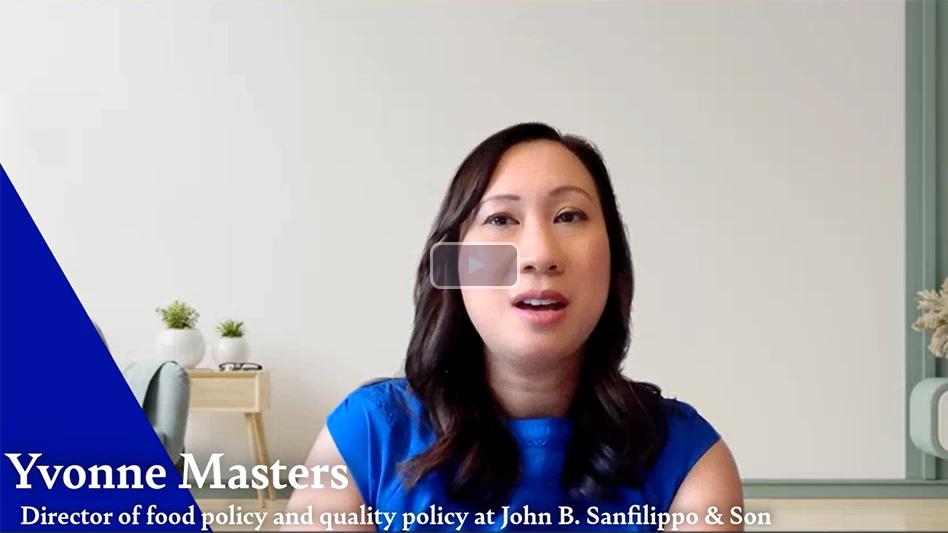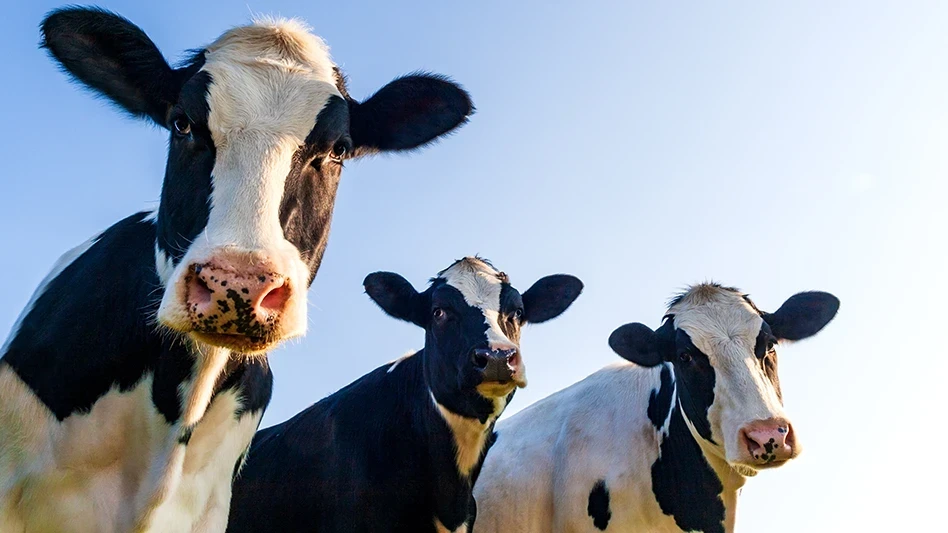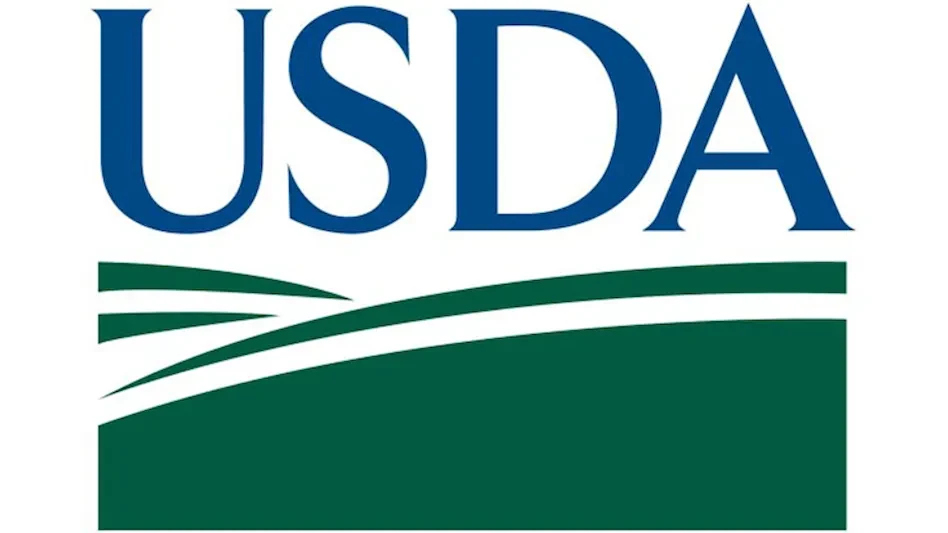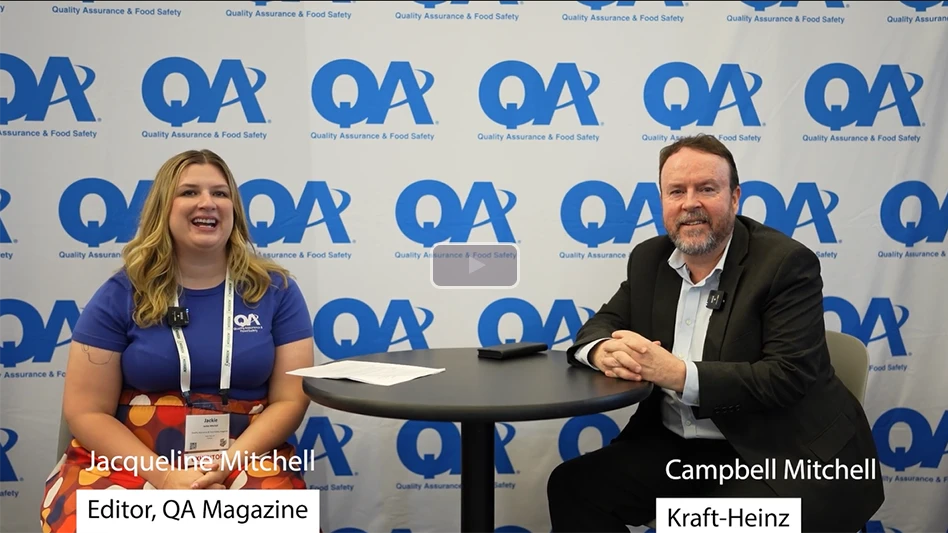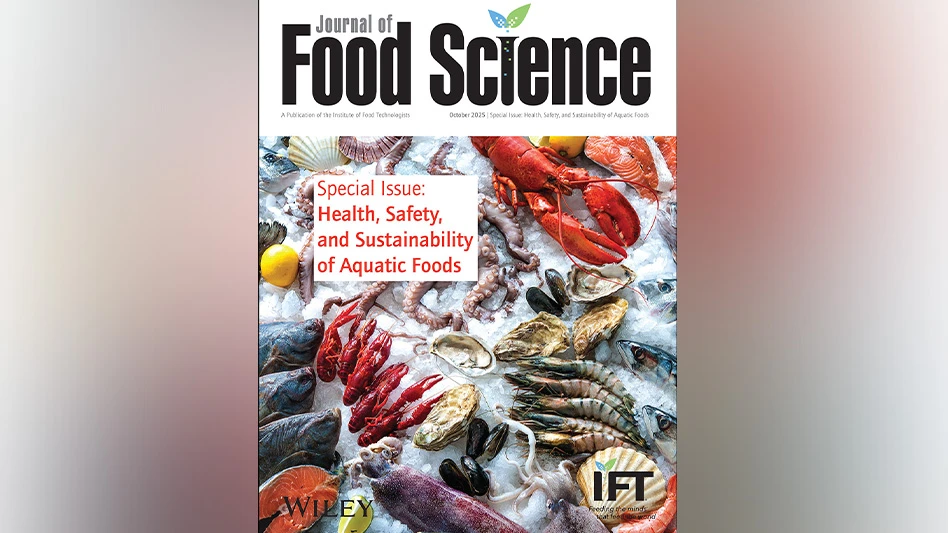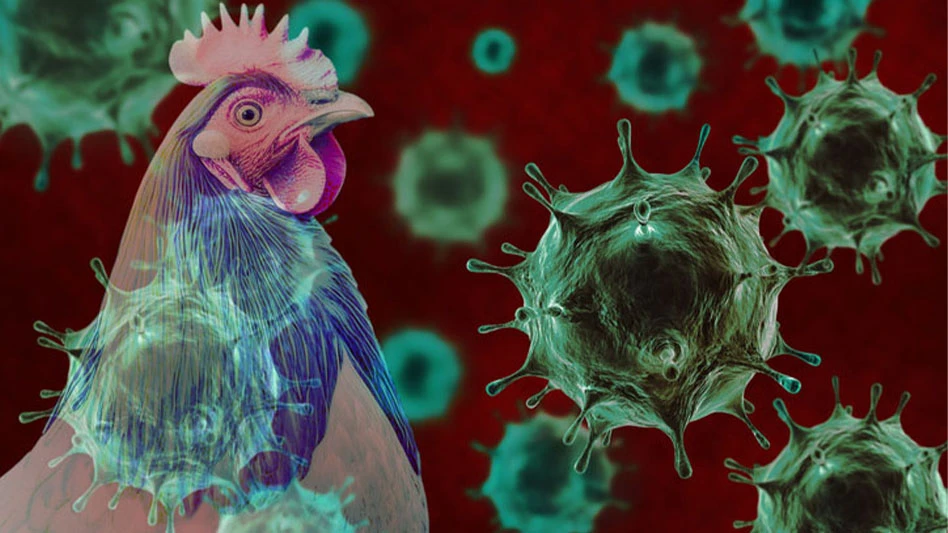At Tampa Maid Foods, we source, process and market domestic and imported shellfish, specialty seafood, and commodity raw and cooked shrimp for the foodservice and retail markets. Almost all of our finished and raw material comes from overseas and other parts of the continental waters, but because we are located in Florida, we face customer concerns about the impact of the Gulf oil spill on seafood.
Unfortunately, there is a great deal of misinformation circulating throughout the U.S. that is further impacting the livelihood of Gulf fishermen and, at the consumer level, increasing anxiety of purchasing or consuming any seafood, not just seafood from the Gulf.
Supply vs. Safety.
Although Gulf life is being tragically affected and the future of Gulf seafood remains in question, it is actually a question of supply rather than safety.
In fact, representatives from the National Oceanic and Atmospheric Administration (NOAA), Food and Drug Administration (FDA), Environmental Protection Agency (EPA) and state health officers and fisheries’ directors from Alabama, Florida, Louisiana, Mississippi and Texas implemented a comprehensive, coordinated program to ensure that seafood from the Gulf is safe to eat.
In addition, FDA has selected and equipped eight laboratories across the U.S. to assist with the testing of Gulf seafood to detect petroleum-based-chemical contamination and any potential health risk and to identify fisheries that have not been contaminated so those areas can be reopened for fishing.
As one of the selected laboratories, California Animal Health and Food Safety Laboratory System (CAHFS) was provided with equipment valued at roughly $140,000 to complement its existing diagnostic equipment.
CAHFS was selected to participate because it is part of the Food Emergency Response Network, a group of local, state and federal laboratories that are equipped to test for food contamination.
Such programs and testing are important not only for consumers who need to know their food is safe to eat, but also for fishermen and seafood suppliers who need to be able to sell the products with confidence.
Accurate Information. However, as the impact continues to be felt and reported on, consumers are being exposed to headlines such as “Seafood safety concerns take toll in restaurants nationwide” and “Oil spill stirs study, debate over health impacts.”
Such articles bring the conversation to frontline service workers at the fish counter and the wait staff in restaurants who often find themselves fielding questions better directed to scientists and regulators at the NOAA and FDA.
To help these frontline workers, and the industry itself, accurately answer questions and to waylay the fears of retail and foodservice customers, the National Fisheries Institute (NFI) created a factsheet with information about seafood in general and seafood from the Gulf in particular.
Straight Talk from NFI.
The following are broad points that NFI developed with some simple, straight-forward talking points based on NOAA, FDA and other regulatory sources. Seafood processors may find it useful to pass along these points and factsheets to your own brokers, retailers and foodservice providers for use by their associates.
NFI points include:
- We know seafood from the Gulf of Mexico is safe and healthy because the waters where the oil is are closed to fishing and officials have tested thousands of samples from the rest of the Gulf and found no contamination.
- Seafood from the Gulf is safe to eat because officials are testing more of it than they ever have at any time.
- Only about two percent of seafood consumed in the United States actually comes from the Gulf. The U.S. sources seafood from all over the country and the world.
- The U.S. buys fish everywhere from New England to New Zealand, and that ensures that if there is a disruption in supply, like now in the Gulf, there won’t be a shortage.
- Gulf fishermen have been hit hard by this and one way to help them is to buy Gulf seafood—it remains safe, healthy and delicious.
In addition, as months pass since the disastrous oil spill, the NFI continues to work with the media to ensure that the proper perspective is placed on the safety and amount of seafood that America harvests from the Gulf, as well as the impact on the lives of those who live in and work the water in that region.

Explore the October 2010 Issue
Check out more from this issue and find your next story to read.
Latest from Quality Assurance & Food Safety
- Chef Robotics Introduces Pat-Down Capability for Meal Presentation and Sealing
- USDA Launches Regenerative Pilot Program
- Indoor Ag-Con Adds Food Safety Track to Conference Lineup
- IDFA Recognizes Federal Officials for Support of U.S. Dairy Industry
- Tetra Pak Acquires Bioreactors.net
- Fresh Del Monte Receives Rabobank Leadership Award
- São Paulo Earns Guinness World Record for Largest Municipal Food Security Program
- KPM Analytics Releases Ready-to-Use NIR Calibration Packages
